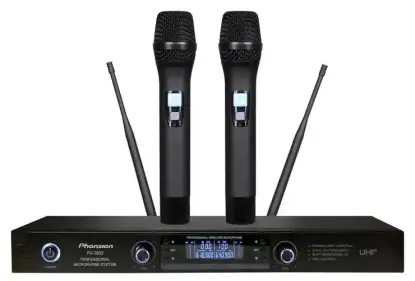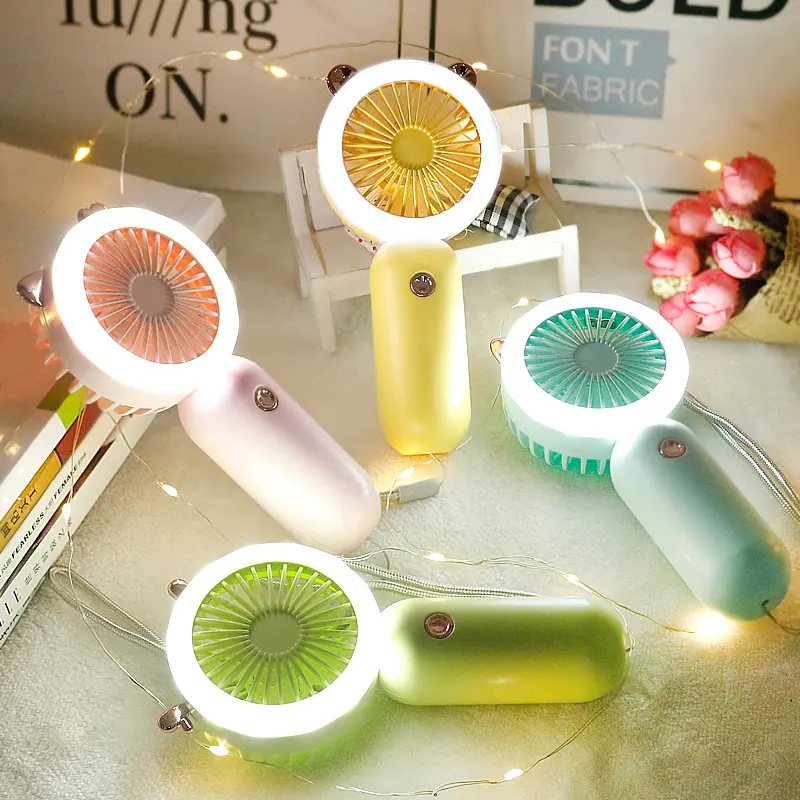
Unintentional Radiators FCC Testing
According to the terms of the FCC, an unintentional radiator is a device that emits electronic radio frequency signals within a product or sends these signals to related equipment via connecting circuits. The most common example of an unintentional radiator is a wired mouse, while conventional wireless mice fall into the category of "intentional radiators" in FCC certification, falling under the jurisdiction of Part 15 of Title 47 of the Code of Federal Regulations (47 CFR Part 15).
This article will delve into the requirements for unintentional radiators under Part 15 of Title 47 of the Code of Federal Regulations in FCC certification.

What is an unintentional radiator?
According to the content of section 15.3(z) of Part 15 of Title 47 of the Code of Federal Regulations, an unintentional radiator refers to a device that emits radio frequency energy through unintentional radiation or induction. Such devices are designed for:
a. Using digital logic
b. Operating electronic signals at radio frequencies within the product
c. Transmitting radio frequency signals to related equipment via connecting circuits
What products are included as unintentional radiators?
Unintentional radiators encompass thousands of products based on digital technology, common examples of which include but are not limited to:
- Watches
- Wired peripherals (e.g., mice, keyboards)
- Printers
- Radio Frequency (RF) universal remote controls
- Coffee makers
- Garage door receivers
- Power tools
Which products are exempted by the FCC?
For products classified as unintentional radiators, importers and manufacturers must ensure authorization through either the certification process or Supplier's Declaration of Conformity (SDoC). However, according to section 15.101(a) of Part 15 of Title 47 of the Code of Federal Regulations, some products/devices are exempt from such requirements, specifically including:
- Self-made devices under 47 CFR Part 15.23:
- Devices made for personal use, not intended for sale, with quantities less than or equal to 5
- Exempt devices under 47 CFR Part 15.103:
- Products that only need to comply with general operating requirements specified in 47 CFR Part 15.5 and 47 CFR Part 15.29, without needing to adhere to other specific technical standards and requirements within 47 CFR Part 15.
Though not mandatory, exempt product manufacturers are advised to ensure that their products comply with relevant technical requirements to the extent possible.
Exempt devices specified under section 15.103 of Part 15 of Title 47 of the Code of Federal Regulations include:
a. Devices intended for transportation vehicles;
b. Devices for electronic control or power systems in public facilities or industrial plants;
c. Devices for industrial, commercial, and medical testing;
d. Devices for household appliances (e.g., microwaves);
e. Professional medical digital devices;
f. Digital devices with a power consumption not exceeding 6nW;
g. Manipulating rod controllers or similar devices containing only non-digital circuits;
h. Digital devices with oscillation frequencies below 1.705 MHz or using frequencies below 1.705 MHz, and not directly or indirectly connected to the AC power grid.
According to 47 CFR 15.113 – Power Line Carrier Systems, power line carrier systems defined under 47 CFR 15.3(t) are not subject to the rules regarding authorization, only to the rules contained in 47 CFR 15.113. Compliance Declaration Authorization Process
Declaration of Conformity Authorization Process
Unintentional radiator products require authorization before being marketed, in two specific forms:
- Supplier's Declaration of Conformity (SDoC)
- Certification
It should be noted that while the above two forms apply to the majority of products, certain products must undergo certification authorization, including:
- Scanning receivers
- Radar detectors
- Broadband over Power Line (BPL) access devices
Most unintentional radiator authorizations use the SDoC process because the certification process is more rigorous. Specifically, the certification process requires the corresponding product to be authorized by an FCC-approved Telecommunication Certification Body (TCB) and undergo testing in an FCC-approved laboratory. In contrast, products authorized via SDoC do not require TCB involvement and do not need testing in an FCC-approved laboratory.
Requirements
Section J of Part 2 Subpart J of 47 CFR Part 15 stipulates the authorization process for SDoC, requiring responsible parties (such as manufacturers, assemblers, or importers) to:
a. Ensure that each part of the equipment complies with current FCC regulations (e.g., through laboratory testing evidence)
b. Maintain documentation proving product compliance as required by the FCC
c. Be a local U.S. company
d. Have compliance information declarations when the product is marketed
e. Ensure product packaging and labeling meet specified requirements
Technical Requirements
Technical requirements for unintentional radiators within 47 CFR Part 15 mainly include:
a. General technical requirements
b. Measurement standards (such as ANSI C63.4-2014)
c. Radiation emission limits
To complete the SDoC process, devices must comply with technical requirements. For requirements related to Sdoc compliance information declarations, please refer to: Guide to Compliance with FCC Regulations for Electronic Products (Part 2): Compliance Declarations
Other Necessary Documents
Importers or manufacturers should retain all required documents as part of their responsibility for record-keeping, ensuring that manufactured products comply with current FCC regulations. Specific documents include:
a. Technical documentation
b. Test reports
c. User manuals
Device Labels
The SDoC authorization process requires each device to have a unique product identification label. The label should contain information such as the product identity (name and model/serial number), FCC label (not mandatory), and compliance declaration.
According to section 15.19, devices should also have the following compliance statement:
"This device complies with Part 15 of the FCC Rules. Operation is subject to the following two conditions: (1) This device may not cause harmful interference, and (2) this device must accept any interference received, including interference that may cause undesired operation."
Laboratory Testing Requirements
Importers and manufacturers should ensure product compliance with current technical requirements through laboratory testing and obtain valid test reports. Although the SDoC process requires product testing, it does not necessarily have to be done in an FCC-approved testing laboratory.
Section 15.31(a) of Part 15 of Title 47 of the Code of Federal Regulations explicitly specifies compliance testing for unintentional radiator products regulated by Part 15, including some tests such as:
a. FCC/OET MP–2 – Measurement of UHF Noise Figures of TV Receivers
b. ANSI C63.4-2014 – American National Standard for Methods of Measurement of Radio-Noise Emissions from Low-Voltage Electrical and Electronic Equipment in the Range of 9 kHz to 40 GHz
c. ANSI C63.17-2013 – American National Standard Methods of Measurement of the Electromagnetic and Operational Compatibility of Unlicensed Personal Communications Services (UPCS) Devices
Email:hello@jjrlab.com
Write your message here and send it to us
 Wireless Microphone Export Certification
Wireless Microphone Export Certification
 Audio-Visual Products SNI Certification in Indones
Audio-Visual Products SNI Certification in Indones
 FCC-ID: Still Needed if Module is Certified?
FCC-ID: Still Needed if Module is Certified?
 FCC Certification Fees for Handheld Fans
FCC Certification Fees for Handheld Fans
 FCC Certification Testing for Smart Lighting Produ
FCC Certification Testing for Smart Lighting Produ
 What is the ETSI EN 303 645 Testing Standard?
What is the ETSI EN 303 645 Testing Standard?
 UL Compliance and ETL Certification for LED Lighti
UL Compliance and ETL Certification for LED Lighti
 What is the IEC 60598 Standard?
What is the IEC 60598 Standard?
Leave us a message
24-hour online customer service at any time to respond, so that you worry!




